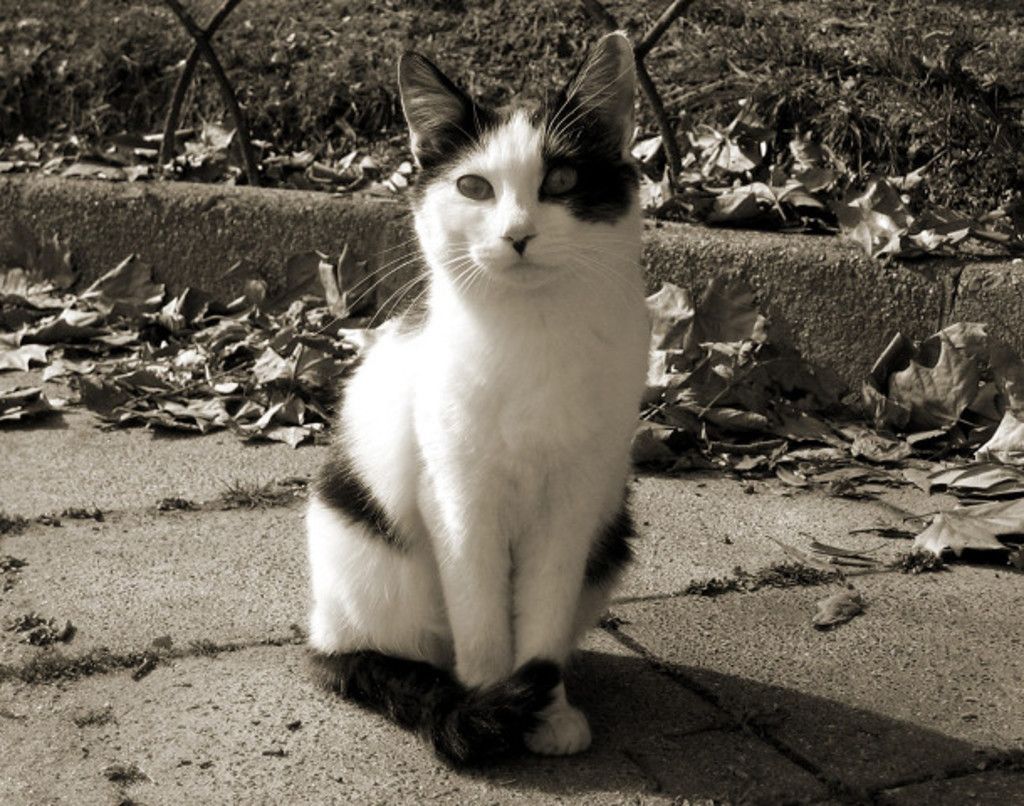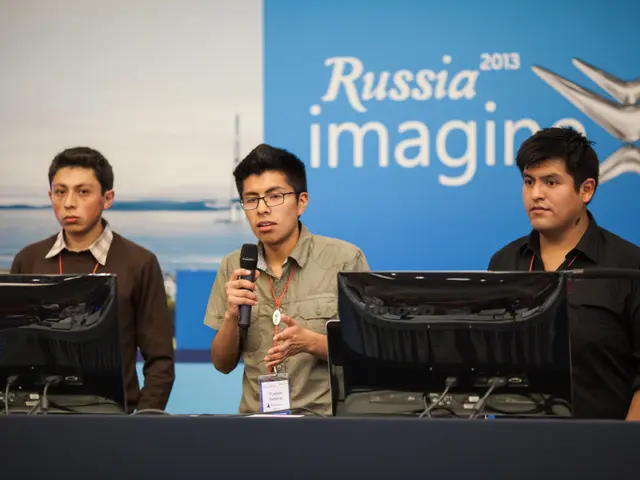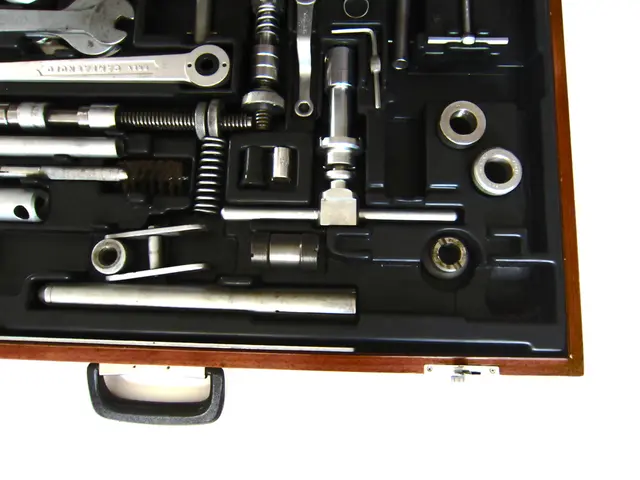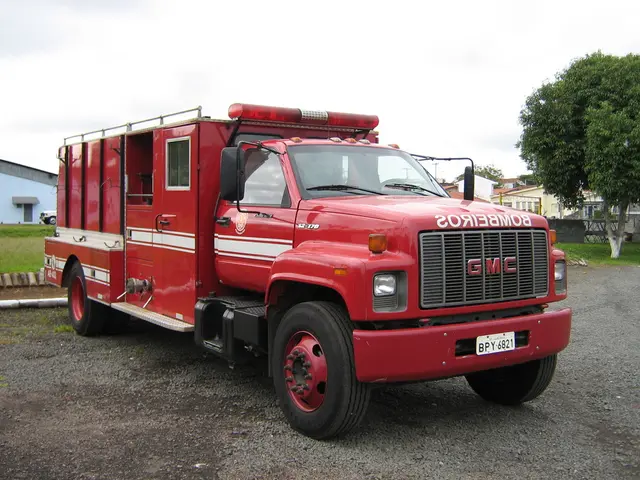Radio Intelligence Division of the FCC During World War II: Engaging in High-Stakes Fox Hunting
In a twist of circumstances, the world of amateur radio doesn't always involve lounging around and twiddling knobs. You've got your run-of-the-mill park activate-ions and mountain summit-ations, but the real adrenaline rush comes from the thrilling chase known as fox hunting. This intriguing pastime, usually carried out at field day events, turns hams into tracking dogs on the hunt for a tiny hidden transmitter, using their wits and antennas to homing in on often faint signals. The purpose? To train these radio enthusiasts in the artful dance of radio direction finding – a skill that can come in handy when sniffing out everything from noisy neighbors to unlicensed transmitters, or in the 1940s, even foreign agents using spy radios to transmit intelligence overseas.
The history of this covert operation starts with the U.S. finding itself in the midst of World War II. Much like Hemingway's description of going bankrupt, America's entry into the conflict seemed to happen gradually, then suddenly. The nation, reeling from the Great Depression and initially indifferent to European affairs, had little appetite for intervention in the brewing military conflict. But behind the scenes, a storm was brewing – a storm that only global radio could reveal.
With the ether teeming with signals directing troop movements or, most dangerously, agents using spy radios to transmit vital intelligence, it became clear that staying ignorant of these transmissions was a reckless gamble for any power claiming significance on the world stage. It was in this tense atmosphere that U.S. President Franklin Roosevelt approved an urgent request from the Federal Communications Commission (FCC) in 1940 for $1.6 million to fund a National Defense Operations section. Initially part of the FCC's engineering department, this division was later officially renamed the Radio Intelligence Division (RID).
When it came to finding those needles in the vast radio haystack, the RID drew heavily on the ranks of the amateur radio community. Hams – the affectionate name for these radio enthusiasts – signed up eagerly to put their skills to the test, making up around 80% of the RID's staff. It was George Sterling – a long-time radio buff and former WWI radio intelligence officer – who masterminded the construction of a dozen primary RID listening stations across the US and its territories. These stations were part of a far-reaching network that would eventually stretch coast to coast, staffed by nearly 900 agents.
But finding the needle wasn't enough; the RID needed a way to snag that needle while it was still moving. For this, they enlisted the help of another ham, Manuel Kann (W3ZK), who built the all-band SSR-201 receiver, often dubbed "The Watchdog." These devices were fitted with automatic relay circuits that could trigger an alarm or start recording, allowing the RID to conduct surveillance in a rather hands-off manner. The SSR-201s were deployed in major cities and high-security locations, proving instrumental in detecting and tracking illicit transmissions, often leading to the arrest of foreign spies.
Of course, RID's success proved its downfall as well. In an age when government agencies jockeyed for primacy, the RID soon found itself eclipsed by more powerful organizations hungry to take charge. By 1944, budget cuts effectively dissolved the RID as a standalone agency. Still, the legacy of these ingenious amateur radio operators and their role in the RID endured, their contributions helping to secure the nation during one of its darkest hours.
Amateur radio enthusiasts, who were nicknamed 'hams', played a significant role during World War II when they were enlisted by the Radio Intelligence Division (RID). George Sterling, a long-time radio buff, helped establish a network of listening stations across the US, with over 900 agents working for the RID. Another ham, Manuel Kann (W3ZK), built the all-band SSR-201 receiver, nicknamed "The Watchdog", which was instrumental in detecting and tracking illicit transmissions, often leading to the arrest of foreign spies. The RID's success highlighted the crucial role of technology, including radio, in cybersecurity and politics, even during wartime, as they worked to counteract the threat of espionage through foreign agents using spy radios.








